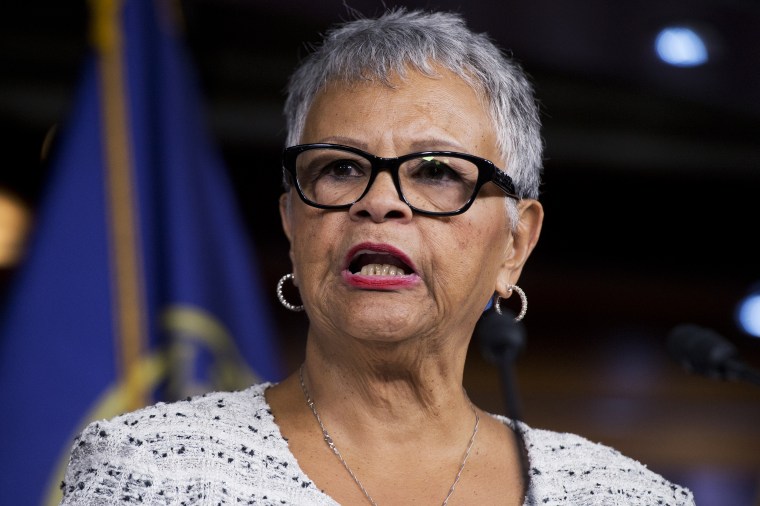The suicide rate for black youth is rising faster than for any other racial and ethnic group, now making it the second-leading cause of death for black children aged 10 to 19, according to a congressional report released this week.
The 38-page report, Ring the Alarm: The Crisis of Black Youth Suicide in America, was conducted by a task force of the Congressional Black Caucus and found a sharp rise in the rate of suicides and attempts among black youth.
The report also found that suicide attempts rose 73 percent from 1991 to 2017 for black adolescents of both sexes, and injuries from attempted suicides rose 122 percent for black boys inthe same time period.
“The suicide rate for black youth has been increasing faster than any other group, and that is very concerning to us,” said Rep. Bonnie Coleman Watson,D-N.J., who chaired the caucus’s task force , and took questions about it this week upon its release on a call with reporters.
“However, the good news is there are indeed solutions, there are evidence-based programs, there are ways of supporting the opportunities to do the research to understand the particularities of our community and the traumas associated with our children and their mental health well being,” she said.
Coleman Watson announced pending legislation aimed at addressing youth mental health in communities of color. Among the proposals in the Pursuing Mental Health Act of 2019 are:
Increase the amount of research relating to the mental health of black youth and suicide through the National Institutes of Health and the National Institute of Mental Health, particularly by minority researchers;
Promote training of students, parents, teachers and other school staff members to identify and screen for signs of trauma, mental health disorders and risk of suicide;
Increase funding for the National Institute on Minority Health and Health Disparities to study mental health disparities in racial and ethnic minority groups;
Prohibit federal funds from being used for conversion therapy and prohibits the awarding of federal grants to states that continue to allow it.
“The bottom line is this: Black youth suicide and suicidal behavior are rising, defying historic trends. The gap is narrowing between black and white youth, and we must get at the bottom of why,” said Dr. Michael A. Lindsey, executive director of the NYU McSilver Institute for Poverty Policy and Research, who led the working group that conducted the report and joined Coleman Watson on the conference call.
“The signs of suicide in black youth are too often overlooked and not well understood,” Lindsey said, “and so we must have more research that helps in finding answers to this growing epidemic in the black community.”
Lindsey added that while “completed suicides are still highest among white youth, the gap is narrowing at a fast pace when you look at the fact that over the last decade suicide gaps have raised by 60 percent for black adolescent boys and over 100 percent for black adolescent females.”
“That is a sign,” Lindsey said, “an indication that we need to be ringing the alarm.”
